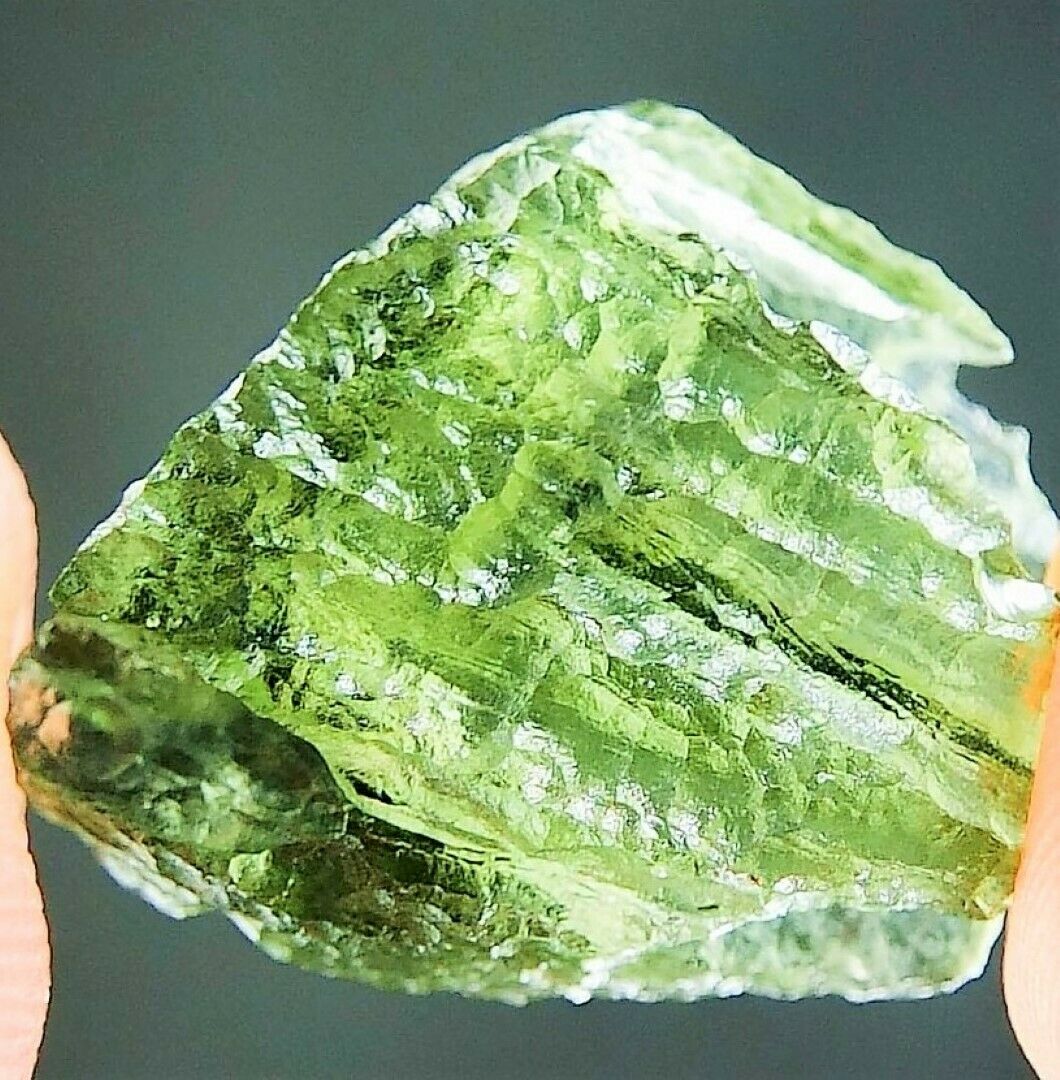-40%
Pallasite JEPARA - Fragment - 39,9 g - 33 mm x 32 mm x 24 mm
$ 62.83
- Description
- Size Guide
Description
www.Jepara.dePallasite JEPARA - Fragment - 39,9 g - 33 mm x 32 mm x 24 mm
The pictured Scale Cube we also offer in our Ebay-Shop. Please have a look.
name: Jepara
place: Java, Indonesia
coordinates: 6°36'S 110°44'E
classification: Pallasit, PMG
year: 2008
total weight: 499,5 kg
Meteorites are rarer than gold on the earth surface and only very few of them are Pallasites a unique structure of metal and gemstone. They come from the asteroid belt between Mars and Jupiter and the material is 4,60 billion years old and are the part of the transition zone between the mantle and the core of an asteroid. The first one was discovered in 1749 at Krasnojarsk/Russia and described by Peter Simon Pallas, a German scientist. Consequently, the meteorite group was named Pallasites in honour of him. Over the last centuries only 36 pieces of the Main Group have been found, half of them are less than 20 kg. With reference to his weight Jepara is the five largest Main Group Pallasite.
History:
The meteorite was discovered in May 2008 during excavation activities at Jepara/Indonesia. A new hall for producing furniture had been under construction and Jepara has been dug out while building the foundation of this premises.
Physical characteristics:
The mass of the meteorite was 499,50 kg in an almost spherical shape with a shortest and longest diameter of 70 cm and 85 cm. The crust of approximately 2 - 4 cm is weathered and rusty.
Petrography:
Jepara shows a homogeneous distribution of coarse-grained rounded Olivines from approximately 6 -12 mm size (64 %). The groundmass is composed of secondary Magnetite (23 %), Nickel Sulfide and Sulfate (8%) and Schreibersite (5%). All the different elements are very finely spread, which gives Jepara a unique look, really different from other Pallasites. The Olivines are very clear and mostly without cracks. If you look at the pictures, please do not think that there are holes, this are fine Olivines.
Geochemistry:
Olivines are homogeneous in composition (FA
12-13
). Sulfides is composed of NiS and may represent a replacement product of Troilite, while Magnetite(Fe
3
O
4
) is a weathering product of primary FeNi phases. Schreibersite has the composition (Fe
1.85
Ni
1.15
).
This shows that Jepara has been on our planet for quite a long time before he was found.
Analyses:
The main analyses was done at University of Bayreuth/Germany and the isotope analyses are made by the University of Göttingen/Germany.
Preservation:
The slices are precisely cut by a diamond wire saw, then they are completely stabilized under vacuum with a special two components, very clear Epoxy Resin, which is used usually in labs. Later the slices are sanded and get their final surface with the same Resin. It makes the slices very firm and transparent. The reason for the preservation is not to protect the Meteorite from rust, there is no need, as all the metal is already gone. But after the NiFe has converted to Magnetite the structure is not stable enough to cut thin transparent slices.
References:
Meteoritical Bulletin Database
Meteoritical Bulletin No. 100
MAPS No. 46
As members of IMCA Inc. (International Meteorite Collectors Association) and Meteoritical Society (International Society for Meteoritics and Planetary Science), I guarantee for the trueness of the description and the authenticity of the offered meteorites.
IMCA Member No. 6504
MetSoc Member No. 5573
33 mm x 32 mm x 24 mm
39,9 g
money back guarantee
Zahlung
Versand












